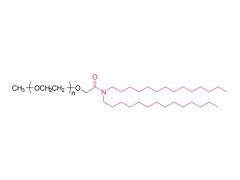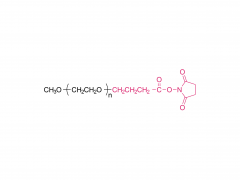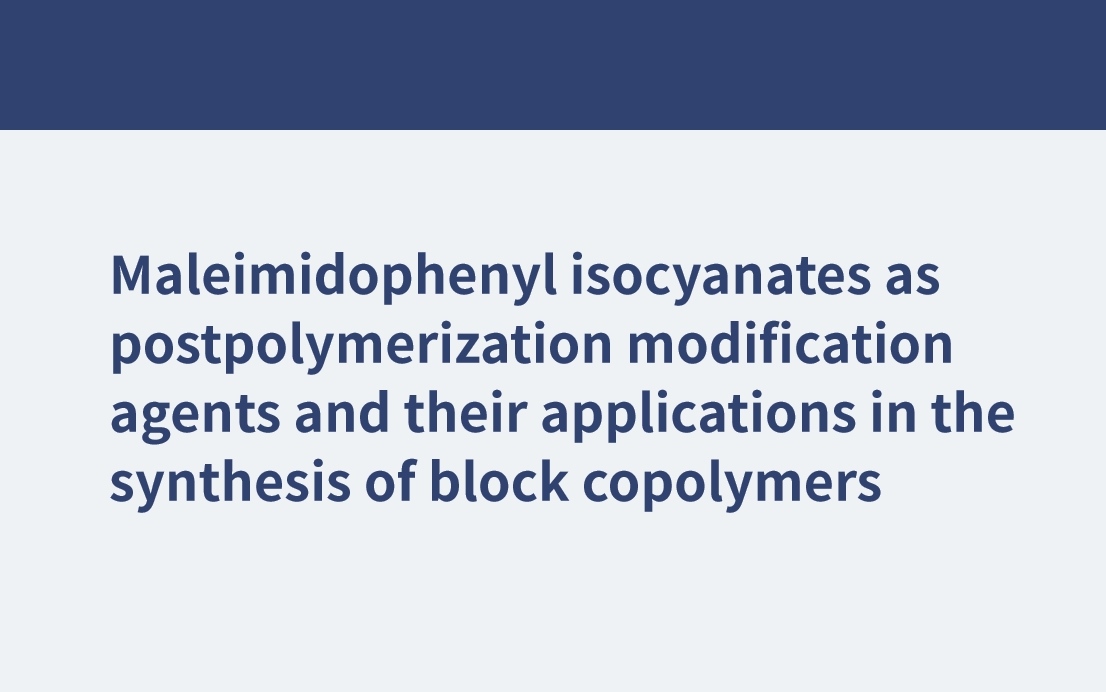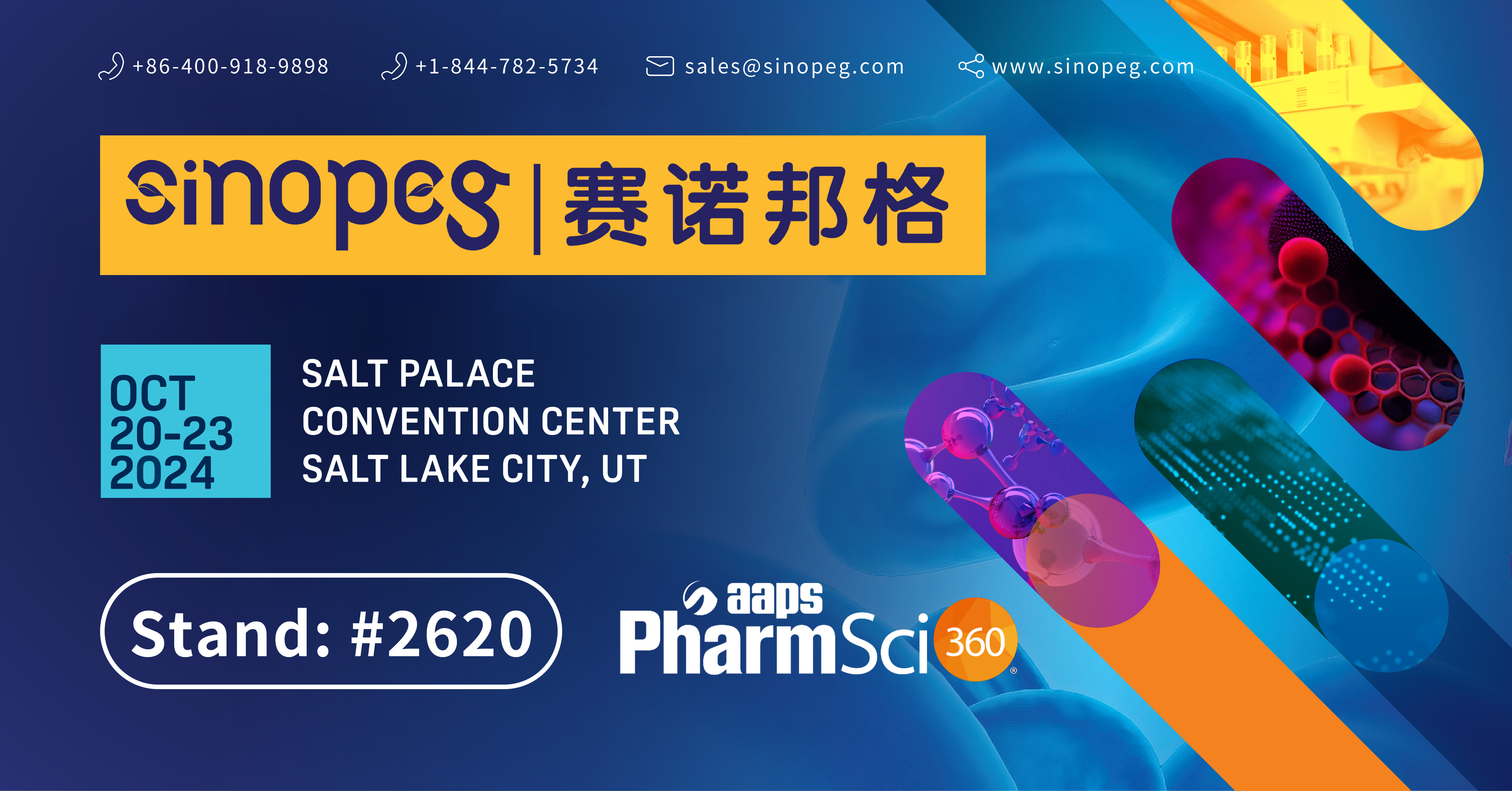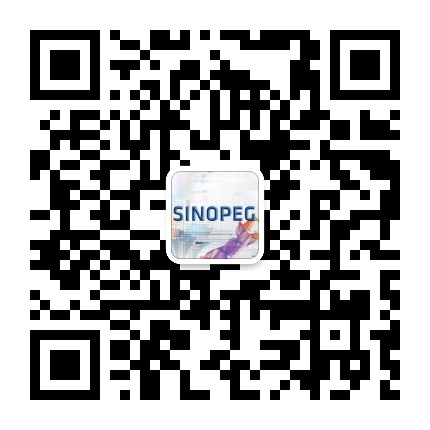POSS-modified PEG adhesives for wound closure October 2017 Chinese Journal of Polymer Science (English Edition) 35(10):1231-1242 DOI:10.1007/s10118-017-1958-x Abstract PEG-related adhesives are limited in clinical use because they are easy to swell and cannot support the cell growth. In this study, we produced a series of POSS-modified PEG adhesives with high adhesive strength. Introduction of inorganic hydrophobic POSS units decreased the swelling of the adhesives and enhanced cell adhesion and growth. The in vitro cytotoxicity and in vivo inflammatory response experiments clearly demonstrated that the adhesives were nontoxic and possessed excellent biocompatibility. Compared with the sutured wounds, the adhesive-treated wounds showed an accelerated healing process in wounded skin model of the Bama miniature pig, demonstrating that the POSS-modified PEG adhesive is a promising candidate for wound closure. Related products Abbreviation: 4-arm PEG-OH, 4-arm PEG-NH2 For more product information, please contact us at: US Tel: 1-844-782-5734 US Tel: 1-844-QUAL-PEG CHN Tel: 400-918-9898 Email: sales@sinopeg.com
View More







